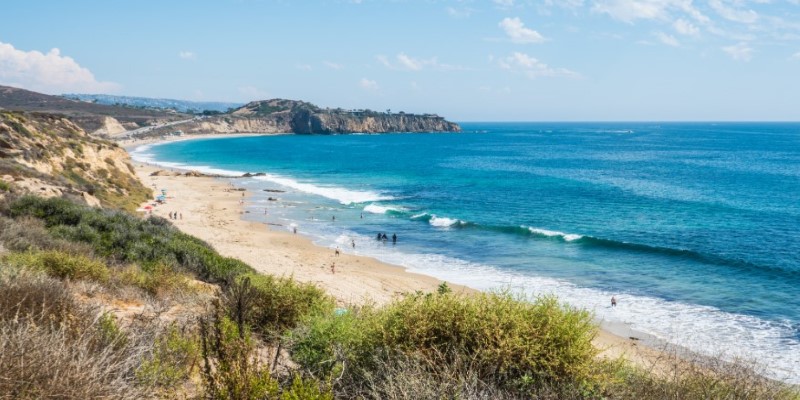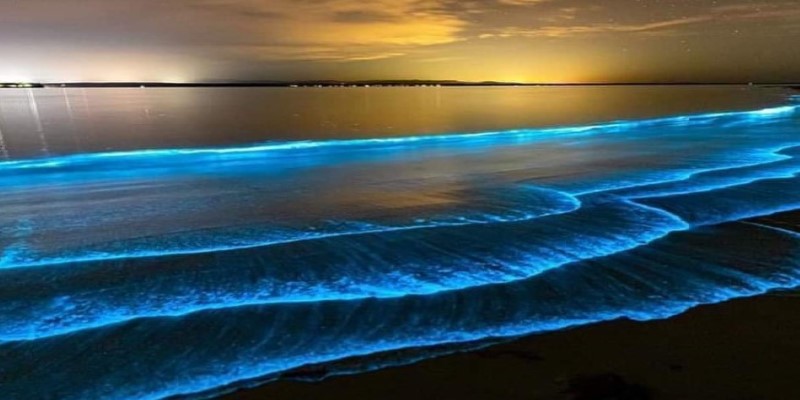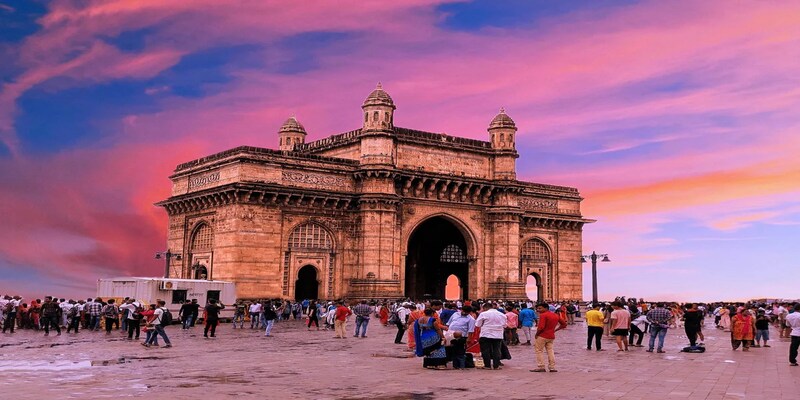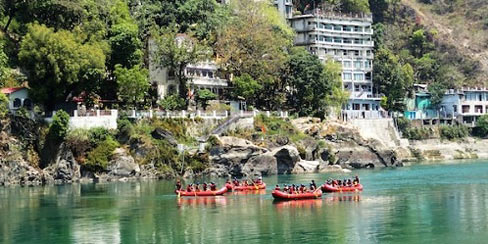Californias coastline offers a unique spectaclebioluminescent waves, caused by dinoflagellates, that glow blue and green on warm summer nights. To witness this magic, visit beaches like Newport, San Diego, or Malibu, especially after sunset on calm, warm evenings.
The best times are usually during late summer or early fall, when conditions are ideal for these organisms to thrive. Patience is key, as the phenomenon is unpredictable, but the glowing waves are worth the wait.
What Causes Bioluminescent Waves?
Before diving into the specific beaches, it's important to understand what causes bioluminescent waves. The glow in the water is typically caused by a type of plankton known as dinoflagellates. When these microorganisms are disturbed by the motion of waves or by a passing fish, they emit a bright blue or green light.
This phenomenon is a defense mechanism meant to startle predators, but it creates a mesmerizing effect for beachgoers. Bioluminescence is more likely to occur in warm, calm waters, often after a period of increased nutrients in the ocean, such as after a plankton bloom.
Best Time to See Bioluminescent Waves
While bioluminescent waves can occur throughout the year, they are most seen in late summer and early fall. Warmer ocean temperatures during these months increase the likelihood of dinoflagellate blooms. Additionally, the phenomenon is more visible on dark, moonless nights, where the glow stands out against the pitch-black water. Timing your visit to the beach around these conditions can greatly enhance your chances of witnessing bioluminescent waves.
Top California Beaches for Bioluminescent Waves
Here are some of the top beaches in California where you can experience bioluminescent waves:
Laguna Beach, Orange County

Laguna Beach is one of the most reliable spots in Southern California to catch bioluminescent waves. The calm, clear waters here create ideal conditions for the dinoflagellates to thrive. Main Beach and Crescent Bay are particularly popular areas where locals and tourists alike have reported sightings of the glowing waves. The vibrant arts community in Laguna Beach also means that bioluminescence has inspired various local artists, adding a cultural layer to your visit.
San Diegos La Jolla Shores
La Jolla Shores in San Diego is another prime location for spotting bioluminescent waves. The sheltered cove and its gentle waves make it a haven for the tiny plankton. Visitors often report seeing the ocean light up at night, especially after a day of particularly warm weather. La Jolla's bioluminescent waves have become so well-known that they attract photographers and nature enthusiasts hoping to capture the perfect glowing waveshot. Nearby, the La Jolla Underwater Park, a marine reserve, further supports the conditions needed for bioluminescence to occur.
Torrey Pines State Beach, San Diego
Just north of La Jolla, Torrey Pines State Beach offers a more secluded spot to observe bioluminescence. The beach is less crowded than La Jolla Shores, providing a more tranquil setting for viewing the glowing waves. The combination of the rugged cliffs of Torrey Pines and the bioluminescent waves can create a stunning contrast, making it a favorite among those who prefer a quieter experience.
Dockweiler State Beach, Los Angeles
Dockweiler State Beach, located near LAX, is a popular spot for both locals and tourists. Although known for its long sandy stretch and fire pits, Dockweiler also occasionally plays host to bioluminescent waves. The beach's proximity to the city makes it an accessible location for those looking to witness the phenomenon without traveling far. On clear nights, the lights from the city can sometimes obscure the glow, so visiting on a darker night will yield better results.
Malibus Zuma Beach
Zuma Beach in Malibu is a well-known spot for beachgoers, but it's also one of the places where bioluminescent waves have been reported. The wide, sandy beach and the open ocean provide the perfect backdrop for these glowing waves. Zuma's relatively remote location means less light pollution, enhancing the visibility of the bioluminescence on a moonless night.
Point Dume State Beach, Malibu
Another Malibu gem, Point Dume State Beach, is an excellent location for spotting bioluminescent waves. The beachs rocky coves and cliffs not only offer beautiful views during the day but also create an ideal environment for dinoflagellates at night. The relative seclusion of Point Dume compared to other Malibu beaches makes it a peaceful spot for observing the glowing waves.
Crystal Cove State Park, Orange County

Crystal Cove State Park is renowned for its pristine, natural beauty, and it's also one of the top spots for seeing bioluminescent waves in Orange County. The beach here is less developed than others in the region, which means fewer lights to interfere with the natural glow of the waves. The tide pools at Crystal Cove can also offer a close-up look at the bioluminescence, with smaller glowing organisms sometimes visible in the shallow waters.
Tips for Seeing Bioluminescent Waves
If you're planning to see bioluminescent waves, there are a few things to keep in mind to maximize your chances:
Check the Moon Phase: Aim to go during a new moon or when the moon is not too bright. The darker the night, the more visible the bioluminescence.
To avoid Light Pollution, choose beaches away from city lights or visit on nights when light pollution is minimal.
Be Patient: Bioluminescence can be unpredictable. It might take some time for your eyes to adjust to the darkness, and the waves might not start glowing immediately.
Stay Late: The phenomenon often becomes more visible later at night, so plan to stay on the beach until after dark.
Respect the Environment: Avoid using flashlights or bright lights on the beach and be mindful of the delicate coastal ecosystems.
Conclusion
California's beaches offer more than just stunning views and great surfthey also provide a gateway to one of nature's most mesmerizing displays: bioluminescent waves. Whether you find yourself on the shores of Laguna Beach, the hidden coves of Malibu, or the open sands of San Diego, the opportunity to witness these glowing waves is an experience like no other.
While the phenomenon can be elusive, understanding the science behind it and knowing where and when to look can greatly increase your chances of seeing this natural wonder.




